Respected feminist cartoonist, editor, writer, historian, and activist Trina Robbins has died, age 85. She had been hospitalised following a stroke on February 26.
The news of her passing was delivered by her daughter Casey Robbins on Facebook.
In a brief post, she said:
“My mother Trina Robbins passed away this morning. We miss her so much already 💔 I’m just putting up a few photos of her and her work.”
Tributes have immediately poured in.
***
Trina Robbins, née Perlson, was born August 17, 1938. Despite the industry being a closed-shop to women, she fortuitously sought entry at a time when the women’s liberation movement was gathering force. It’s radical militant feminist ideals found perfect expression in newfound creative collectives in the underground culture movement.
Her earliest comics work was published in the late 1960s, in the influential underground newspaper East Village Other, and – following a move from New York to San Francisco – she would go on to join the staff of North America’s first feminist underground newspaper It Ain’t Me, Babe in 1970.
Although the male-dominated centre of the underground comix scene rejected the inclusion of women, she and her fellow female artistic contemporaries had the political will to create their own spaces to be seen. Through It Ain’t Me, Babe, she produced a one-shot comics anthology offshoot of the paper that would become known as the first entirely produced by women cartoonists. In 1971 she followed that up by producing All Girl Thrills, and in 1972 she would become a founder member of what would become known as the Wimmen’s Comix collective, joining fellow artists Patricia Moodian, Michele Brand, Lora Fountain, Aline Kominsky, Lee Marrs, Diane Noomin, Sharon Rudahl, Shelby Sampson, and Janet Wolfe Stanley. The initiative would last twenty years and leave a distinctive mark on the artform.
Her career as an activist led to many major breakthroughs, not least becoming the first woman to draw the iconic DC character Wonder Woman in 1986. A remarkable feat considering the icon of women’s empowerment had been exclusively drawn by men for over four decades since her creation in 1941. Written by Kurt Busiek, the four-issue miniseries The Legend of Wonder Woman was her first entry into the traditional comic book industry. In 1998 she returned to the character, this time in the writer’s chair, joined by artist Colleen Doran, in the one-shot story Wonder Woman: The Once and Future Story.
As an editor she would bring together identifying-female artists to produce anthologies speaking out on key feminist causes, most notably on the issue of reproductive rights – with 1990’s Choices: A Pro-Choice Benefit Comic Anthology for the National Organization for Women and most recently 2023’s Won’t Back Down!
Speaking to Forbes about the latter project – which was instigated following the US Supreme Court’s overturning of Roe vs Wade in 2022 – Trina said:
“It’s important to fight. It’s not over. Every time we think we have our rights, somebody cancels it. They’ve started with choice, but they are coming for other rights next.”
Adding
“Pen and ink are our weapons in this fight”
As a writer and scholar, Trina Robbins would use her authoritative, politically-charged insight to bring the completely ignored history of women in comics to the fore, starting with 1993’s A Century of Women Cartoonists from Kitchen Sink Press and more recently with 2013’s Pretty In Ink: North American Women Cartoonists, 1896-2013, 2020’s Flapper Queens: Women Cartoonists of the Jazz Age – both published by Fantagraphics – and Babes in Arms: Women in Comics During the Second World War from Hermes Press, in 2017. Through these endeavours she became an invaluable starting point for anyone looking into the hidden history of the comics medium. In 2017, then 77 years of age, she published her memoir – Last Girl Standing.
In the closing to 2013’s Pretty In Ink, Robbins summed up the then-scope of the history of the North American version of the artform – having explored (and experienced) the changing tide from rejection to inclusion of women:
“Today, although as a whole, the industry is still male-dominated, more women are drawing comics than ever before, and there are more venues for them to see their work in print. In the 1950s, when the comics industry hit an all-time low, there was no place for women to go. Today, because of graphic novels, there’s no place for aspiring women cartoonists to go but forward.”
As a feminist activist, editor, writer, cartoonist, historian and icon, her loss will likely be heavily felt in a year that has already seen its share of losses.


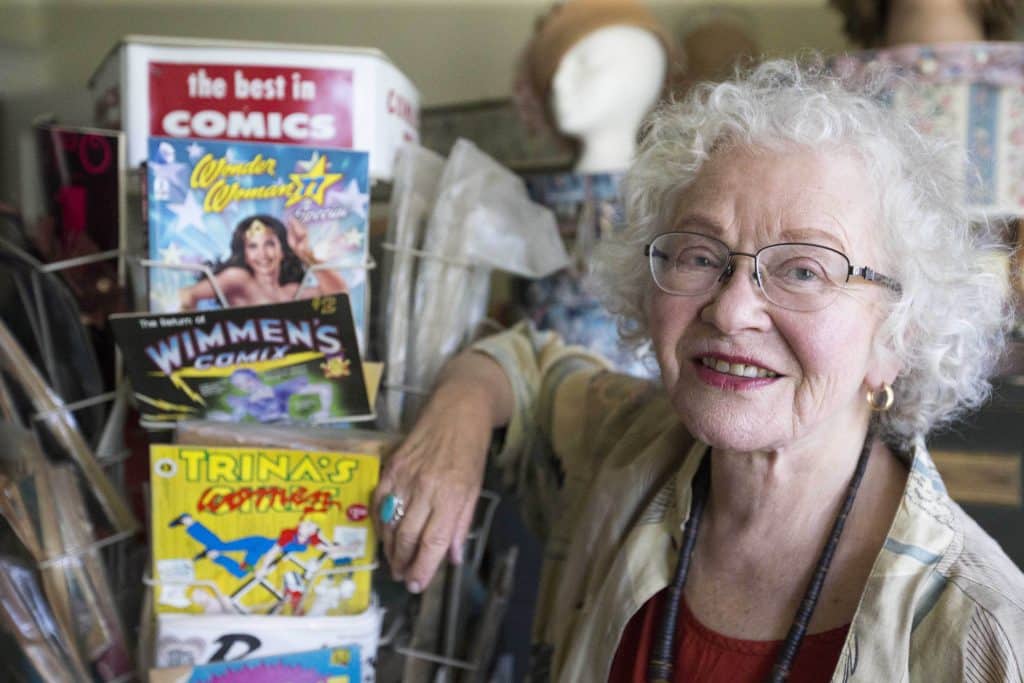
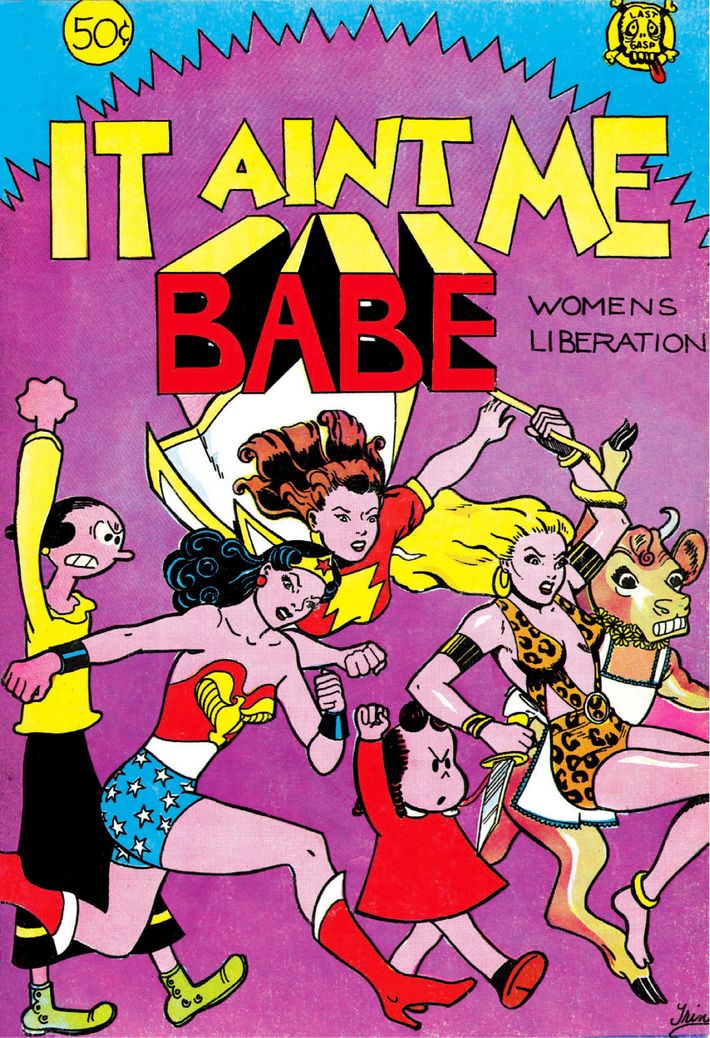
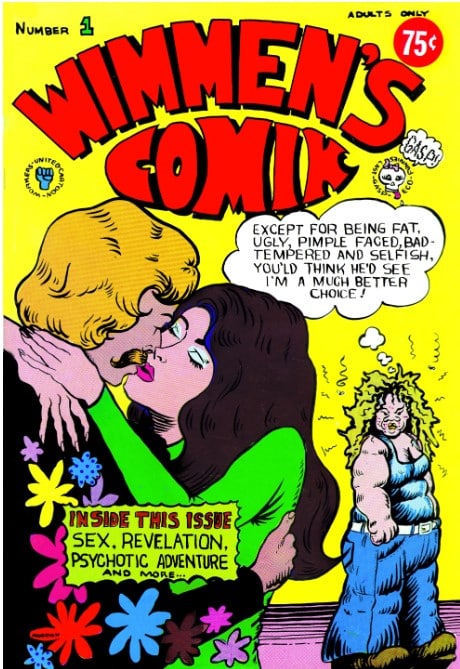
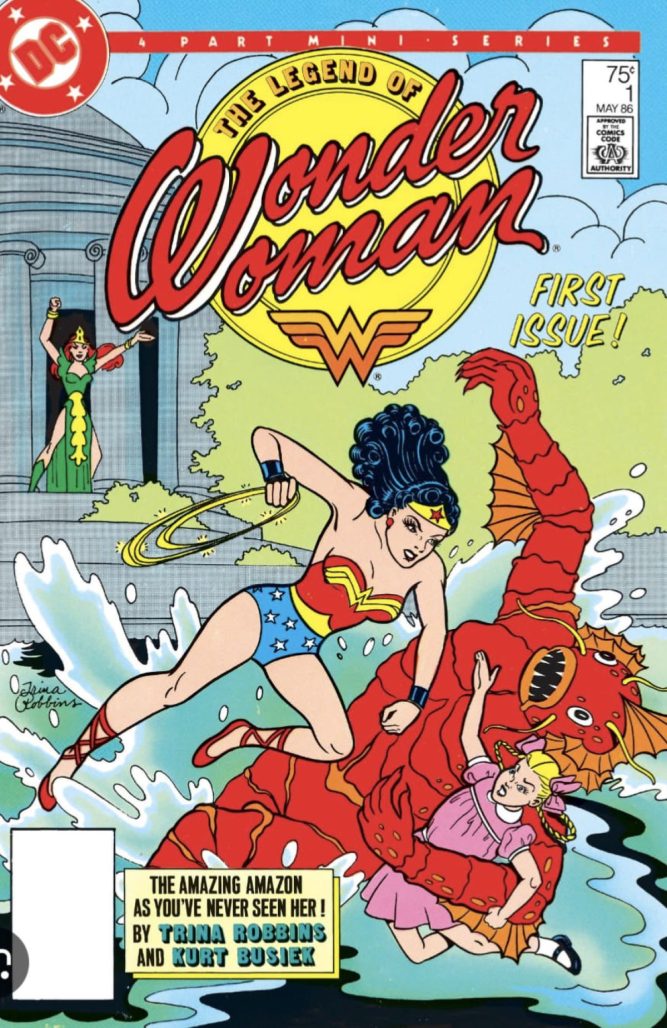
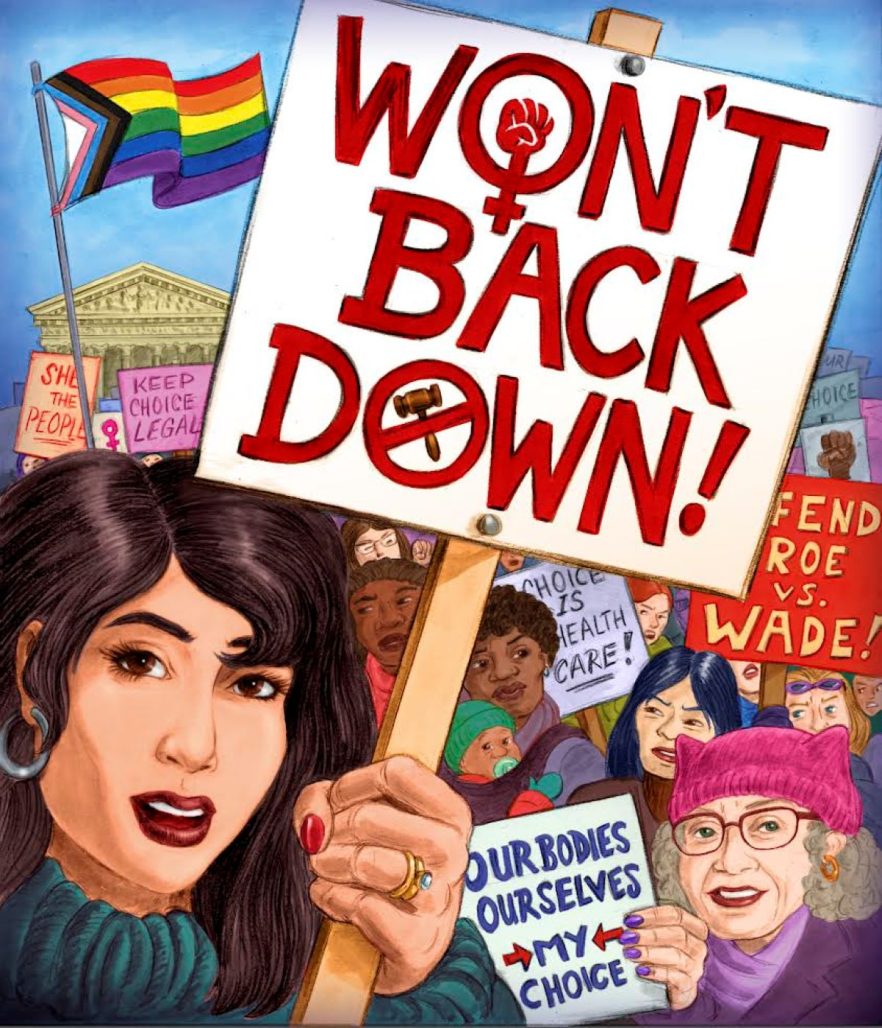
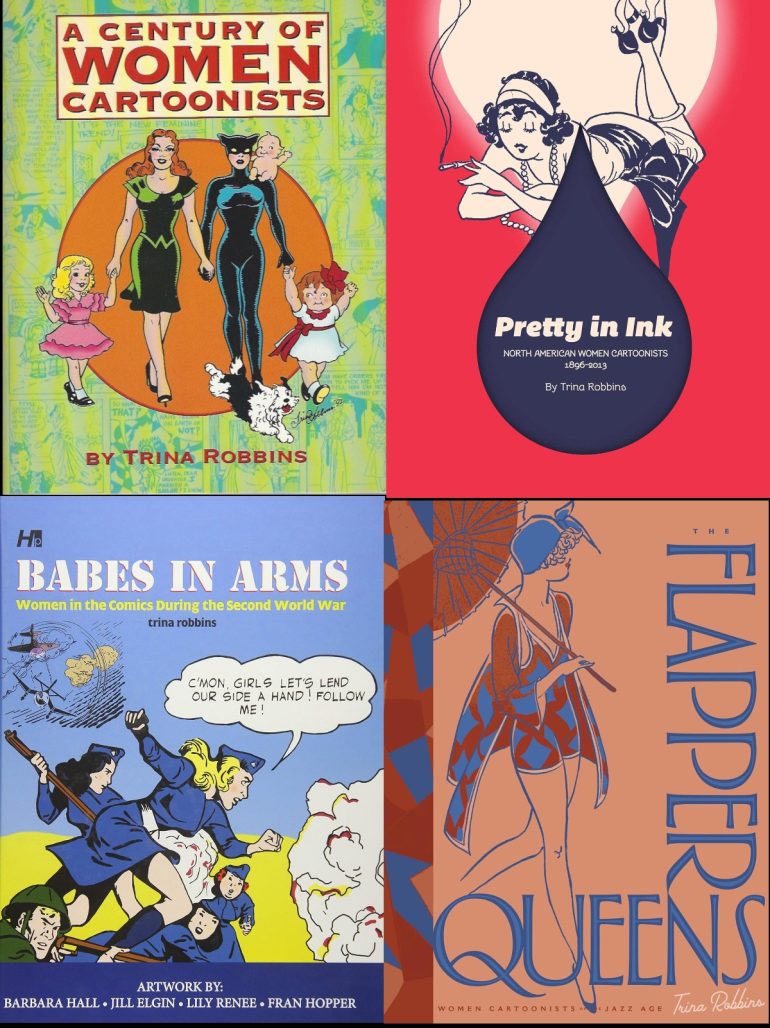
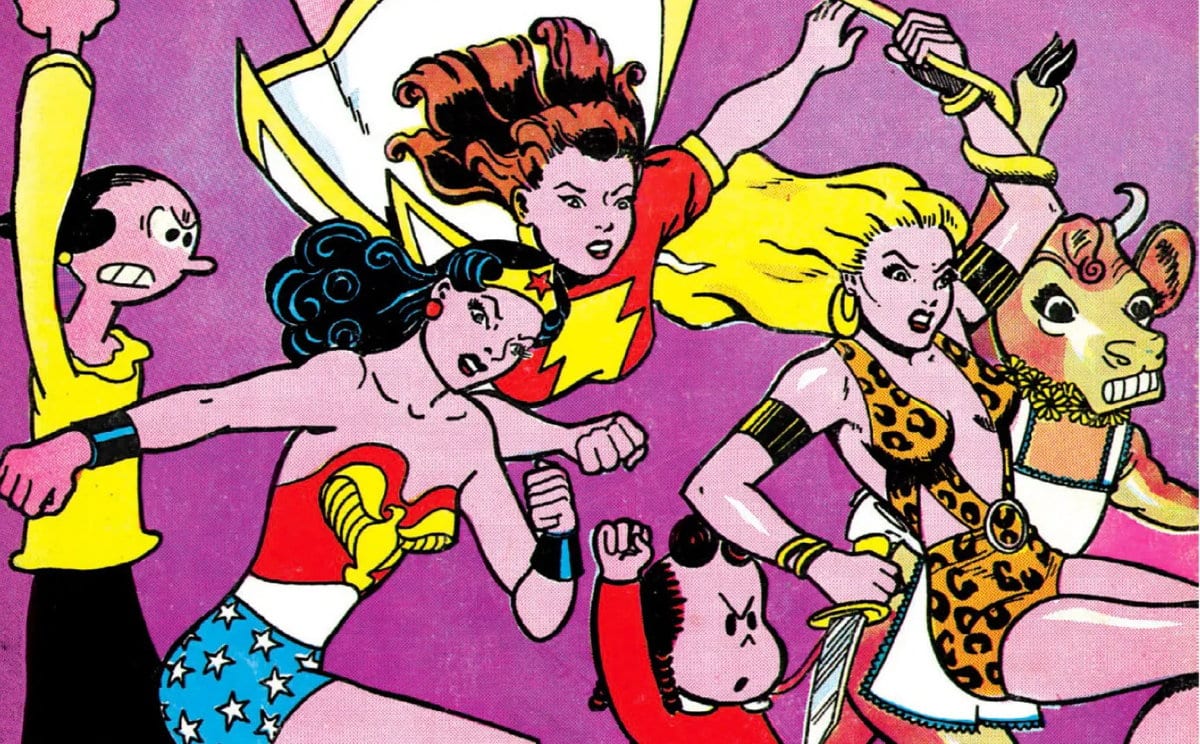


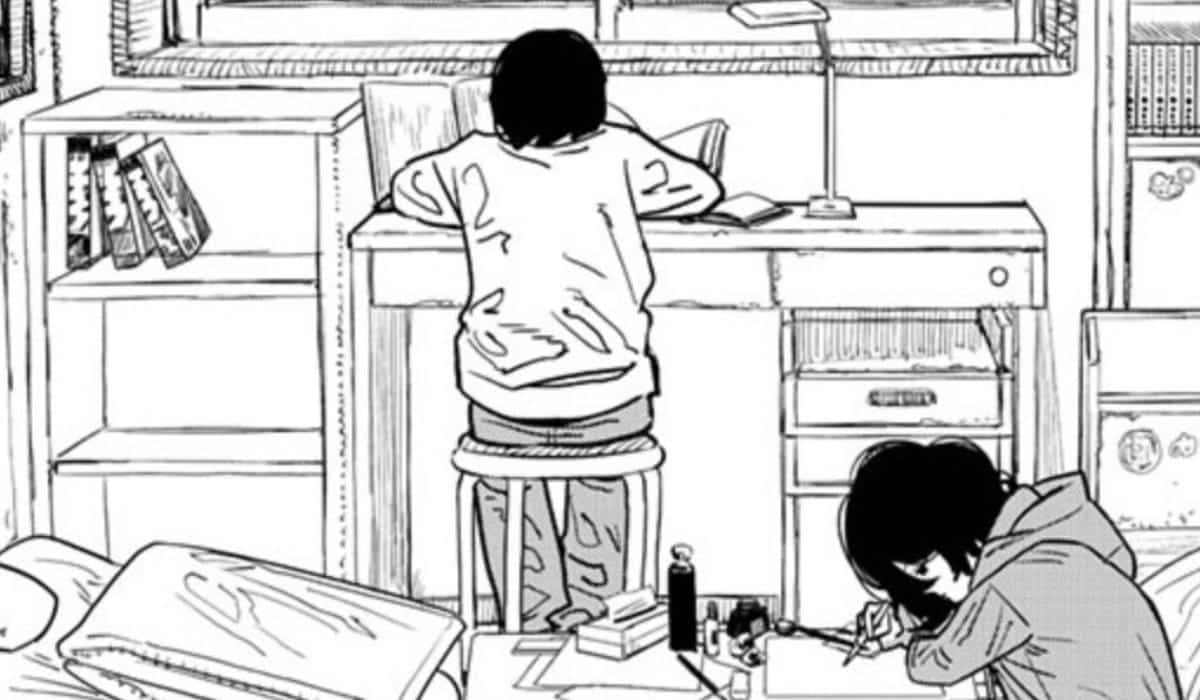

she was a pioneer, may she rest in peace
Minor correction: Trina was not “the first woman to draw the iconic DC character Wonder Woman.” She was the first we know of to draw a WONDER WOMAN comic, which is quite an accomplishment in its own right, and much overdue.
But Ramona Fradon was the first woman we know of to draw Wonder Woman for publication in a DC comic, in the pages of SUPER FRIENDS. As a champion of women’s history in comics, I doubt Trina would have wanted Fradon to be overlooked.
In any case, it was a privilege to work with Trina on that WONDER WOMAN comic, and losing her voice will be a great loss for comics. Luckily, her work as writer, artist, historian and activist will live on.
I loved Trina.
Period.
Comments are closed.